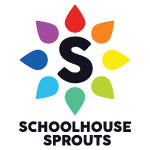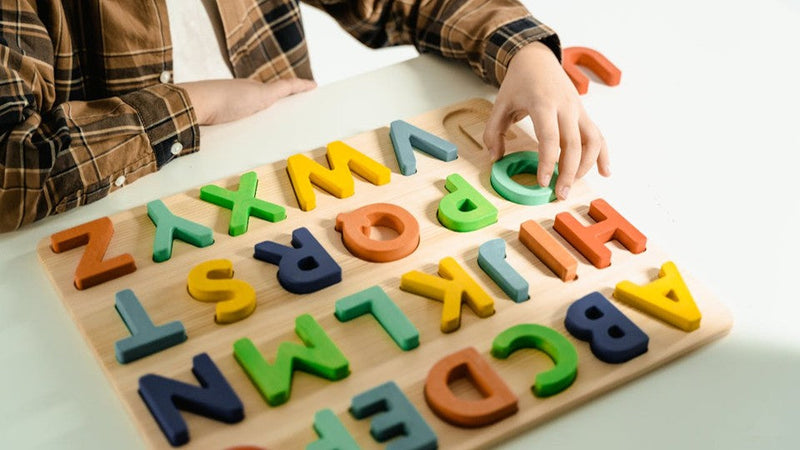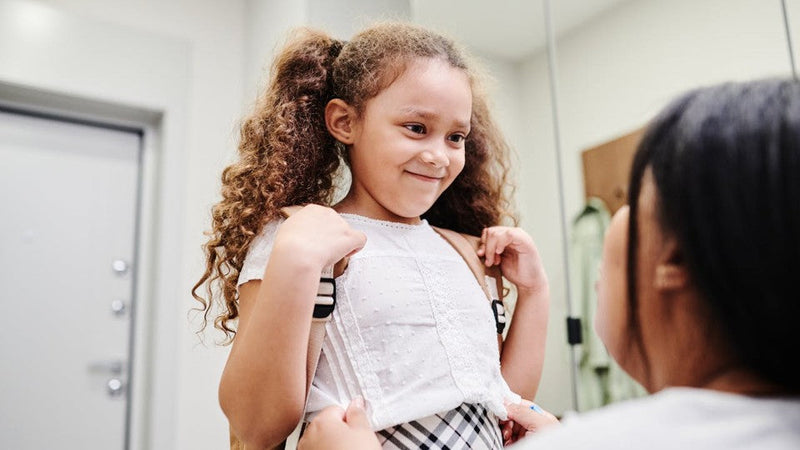

Simple, Playful Ways to Keep Young Minds Growing Every Day
When kids are having fun, they’re learning without even realizing it. And the good news? Learning at home doesn’t need to look like school. With a little creativity, your home can be a space where curiosity, imagination, and everyday routines turn into powerful learning opportunities.
Whether you’re homeschooling, supplementing school, or just looking for ways to sneak in more learning between snack time and screen time—these simple strategies will help you make learning fun and stress-free at home.
1. Follow Their Interests
If your child loves dinosaurs, cooking, or cars—start there! Use their passions as the jumping-off point for learning.
- Dino fan? Practice counting with toy dinosaurs or learn the alphabet with dino-themed flashcards.
- Love to cook? Read recipes together and measure ingredients to sneak in literacy and math.
When kids are excited about the subject, they’re much more likely to stay engaged.
2. Learn Through Play
Play is how young children explore and understand the world. It is learning.
Try these fun ideas:
- Build letters or numbers out of blocks
- Pretend grocery store to practice counting and money
- Match socks or sort toys by color or size
📌Bonus tip: Dress-up play builds vocabulary and storytelling skills—encourage kids to "be" a teacher, doctor, or explorer!
3. Turn Daily Routines into Learning Moments
You don’t need a fancy curriculum. Everyday tasks are full of hidden lessons.
- On a car ride? Play "I Spy" with beginning sounds.
- At the store? Ask your child to count fruit or find letters on labels.
- Doing laundry? Sort clothes by color, size, or who they belong to.
These small moments add up—and they keep learning fun and natural.
4. Use Songs, Rhymes & Movement
Singing and dancing reinforce memory, rhythm, language, and coordination. Add movement to your learning time with:
- ABC dance parties
- Number songs with finger motions
- Rhyming games that get kids clapping, hopping, or twirling
Look for learning songs on YouTube—or even better, make up your own together!
5. Make Space for Creativity
Give your child room to express themselves with open-ended activities like:
- Drawing or painting
- Building with blocks or recycled materials
- Storytelling with puppets or stuffed animals
Creativity sparks imagination, problem-solving, and confidence—all essential for learning.
Conclusion
Learning at home doesn’t need to be structured, serious, or screen-based. In fact, the most effective learning happens when kids are exploring, creating, and playing. By turning everyday moments into playful learning opportunities, you’ll build skills and strengthen your connection with your child. And the best part? They’ll be having so much fun, they won’t even know they’re learning.
🎥 Watch & Learn with Schoolhouse Sprouts!
Looking for even more ways to keep your child engaged and learning—at home or on the go?
📺 Subscribe to our YouTube channel, Schoolhouse Sprouts, for fun, educational content designed just for kids!
From ABC songs and counting games to creative crafts and movement breaks, our videos are made to spark curiosity, build early learning skills, and keep little ones smiling. Whether you're in the living room, the car, or on a quick snack break, there's always time to learn and grow!
👉 Don’t forget to hit the bell so you never miss a new video!















